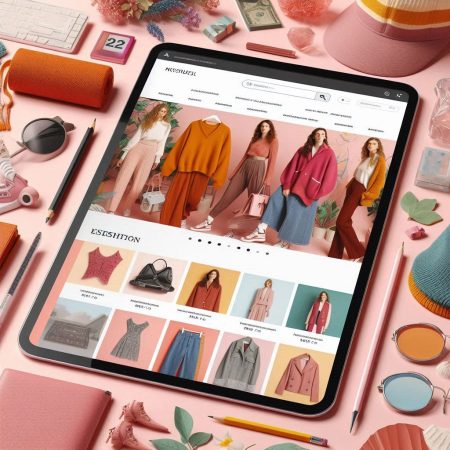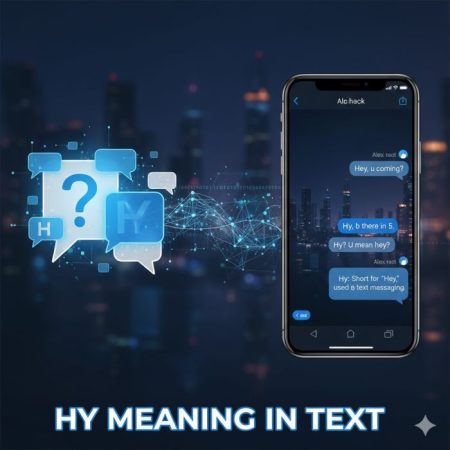Every year either USAC or your state (for states not part of the National Verifier program – CA, OR, and TX) will need to confirm that you still qualify for Lifeline. This is known as recertification.
The Lifeline recertification process can be completed online or over the phone in English and Spanish. This article will cover everything you need to know about this annual process.
Stay on Top of Notifications
Every year, the Federal Communications Commission and your phone or Internet service provider must confirm that you still qualify for Lifeline. This is known as “recertification” and is a requirement for all Lifeline subscribers. Recertifying your eligibility through automated data source checks is much more efficient than submitting paper forms. It saves the government and Lifeline providers millions in administrative costs, paperwork, and processing time.
To keep your free monthly talk, text, and data services, you must recertify by your anniversary date (which will differ for everyone). Each subscriber will receive a physical letter from the Lifeline administrator (USAC) or your state Lifeline administrators (California, Oregon, Texas) 90 days before their renewal date reminding them to recertify. The letter will include an application ID to complete the recertification process online or by phone.
The Commission seeks comment on whether it is appropriate for a national verifier to take over verifying Lifeline consumer eligibility for recertification. The Commission also seeks comments on any potential additional functions that a national verifier could perform to reduce waste, fraud, and abuse further. The Commission also seeks comment on what impact a national verification system would have on Lifeline provider document retention obligations and what burden a requirement to transfer all retained consumer eligibility documentation to the national verifier might place on providers.
Keep Track of Your Documents
The annual Lifeline recertification process is a simple and easy way to ensure you’re still eligible for free talk, text, and data services. The process is conducted by the United Service Administrative Company (USAC) or your phone or Internet company to confirm that you meet program eligibility requirements.
USAC or your phone or Internet provider will send a physical letter or contact you via a pre-recorded message to request documentation that you qualify for the program. The Lifeline administrator will also provide you with an Application ID, which you can use to recertify online or by phone. This Application ID is located on the renewal letter, in text messages sent to you by your provider, or on your device.
If you can recertify by phone, the automated system uses an interactive voice in English and Spanish. The process takes about 12-15 minutes, and you’ll find out immediately whether your recertification was successful.
If you can recertify online, USAC will provide instructions in your confirmation email and a link to the National Verifier web portal. If you don’t receive a confirmation, you can call the Lifeline Support Center or view a report in NLAD to check your status. If you’re not eligible to recertify, you’ll receive a letter from your provider explaining why and how you can regain eligibility.
Check the Status of Your Application
Every year, all Lifeline subscribers must undergo a recertification process to verify that they meet income-based eligibility requirements and continue to qualify for free or discounted service. The annual recertification differs from verification (the one-time National Verifier process). Typically, USAC sends a letter or prerecorded call to all subscribers who need to recertify. Subscribers must respond to the request within 60 days or risk losing their free or discounted services.
During the Lifeline recertification process, you may be required to provide documentation such as a statement of benefits from a qualifying assistance program or an income tax return. Depending on your state, you may also need proof that you or your household is receiving public assistance or another eligible program.
All Lifeline subscribers will be subjected to an initial automated data source check during their annual recertification in states where the National Verifier is currently in use. This will be followed by a request to provide documentation for any documents that cannot be verified. USAC will contact subscribers who fail to submit the requested documentation and may face disconnection of their service.
You can check your Lifeline application status by searching your application ID on the National Verifier website or calling your service provider. If you are a Lifeline + ACP combo plan subscriber, you can check your ACP status by logging into your account online or calling the ACP help desk.
Contact Your Service Provider
Every active Lifeline and ACP subscriber must recertify that they still meet the program’s income-based eligibility requirements yearly. During this process, the National Verifier or your service provider will conduct automated checks using state and local databases to verify your eligibility. This new process reduces the need for subscribers to provide paper documents and is an improvement over previous practices that required them to submit proof of eligibility.
If you’re contacted to recertify your eligibility, it is important to respond quickly. Failure to recertify can result in your service being terminated. The Lifeline program requires a household to demonstrate its income-based eligibility yearly before receiving discounted talk, text, and data services.
You can recertify online or by phone. If you don’t have access to the internet, you can complete the process in about 15 minutes via a phone call that uses an interactive voice response system. This system is available in both English and Spanish. You can also recertify using an official form, which you’ll find on your service provider’s website or in their retail store.
You can use the form to recertify your status as either Lifeline-only or Lifeline + ACP Combo. You can also use this form to request changes to your application, such as an address or name change. You may need to provide proof of your address and name.






